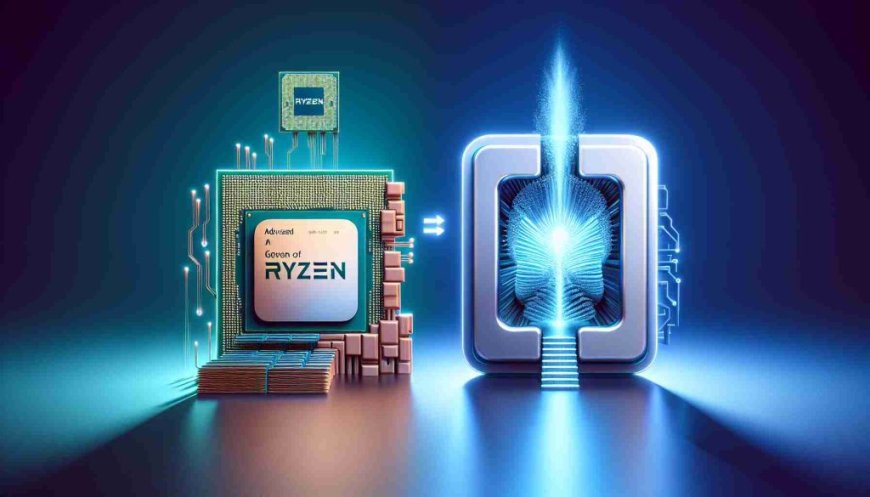The Evolution of GPUs: From Graphics to AI and Computing Powerhouse
In the past thirty years, the role of graphics processing units (GPUs) has dramatically evolved. Initially designed to assist with 2D shape rendering in early graphical user interfaces, GPUs have now become central to the computing industry, excelling far beyond their original scope. This journey of GPUs, from simple graphics facilitators to crucial components in high-performance computing and machine learning, marks a significant technological evolution.

The Era of CPU Dominance
Computing in the Late 1990s
The late 1990s witnessed a computing landscape dominated by central processing units (CPUs). High-performance tasks, whether in scientific research, data processing, or engineering, relied heavily on specialized processors or off-the-shelf chips from major companies like AMD, IBM, or Intel.
Also check New AMD Threadripper Pro CPU breaks cinebench records
Case Study: ASCI Red Supercomputer
A prime example of this era's technology was the ASCI Red supercomputer. In 1997, it ranked among the most powerful computers, equipped with 9,632 Intel Pentium II Overdrive CPUs. Operating at 333 MHz, ASCI Red boasted a peak compute performance of over 3.2 TFLOPS (trillion floating-point operations per second).
The Importance of Floating Points
Floating points (or floats) represent non-integer values crucial for precision in science and engineering calculations. These differ from integers, which are whole values used in standard computer control and software operations. Understanding floats is key to grasping the computational capabilities and advancements of CPUs and later, GPUs.
The GPU Revolution
GPUs: Beyond Graphics Rendering
The transformation of GPUs from mere graphics renderers to versatile compute engines began with recognizing their potential in processing floating-point calculations. This recognition paved the way for GPUs to contribute significantly to fields requiring high computational power.
Early Signs of Change
(The section should discuss the early indications of GPUs being used for purposes other than graphics, such as basic scientific computations and the initial steps toward leveraging their parallel processing capabilities.)
Breakthroughs in GPU Computing
(The section should highlight key developments that propelled GPUs to the forefront of high-performance computing, such as the introduction of CUDA by Nvidia and the adoption of GPUs in major scientific projects.)
The Impact of GPUs in AI and Machine Learning
GPUs in Modern Computing
Today, GPUs are indispensable in AI and machine learning. Their ability to handle parallel tasks efficiently makes them ideal for the complex computations required in these fields.
Examples of GPU Applications in AI
(Provide examples of how GPUs are currently used in AI, such as training neural networks, processing large datasets, and running sophisticated algorithms.)
Future Prospects
(Outline the potential future developments and advancements in GPU technology, especially in relation to AI and machine learning. Discuss the ongoing research and expected trends.)
Conclusion: The Transformative Role of GPUs
In conclusion, the journey of GPUs from simple graphics processors to pivotal components in AI and high-performance computing illustrates a remarkable shift in technology. Once overshadowed by CPUs, GPUs have now carved out a critical niche, becoming essential in areas where speed, precision, and parallel processing are paramount. As we continue to advance in the realms of AI and machine learning, the role of GPUs is likely to expand even further, solidifying their position as key drivers of modern computing.


































